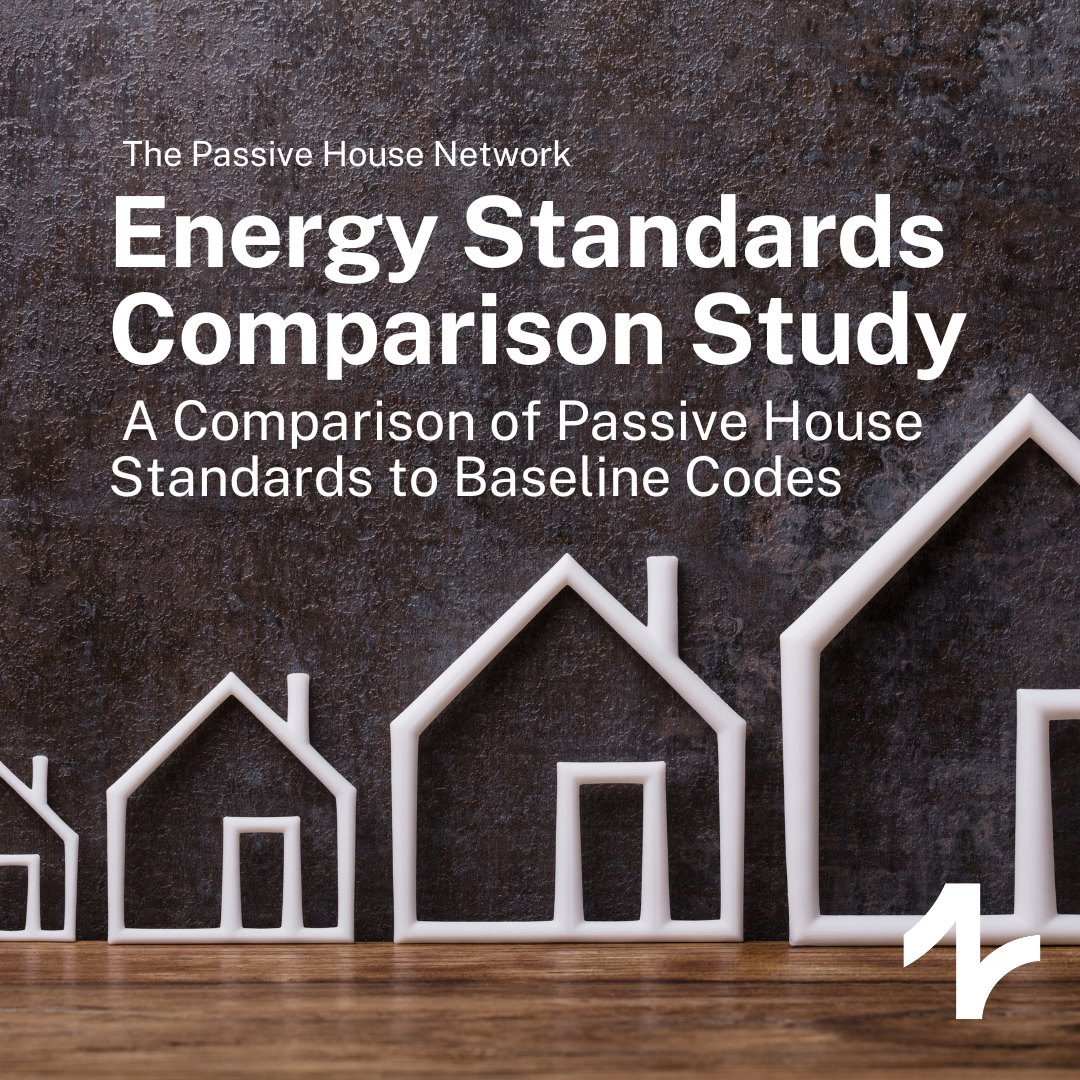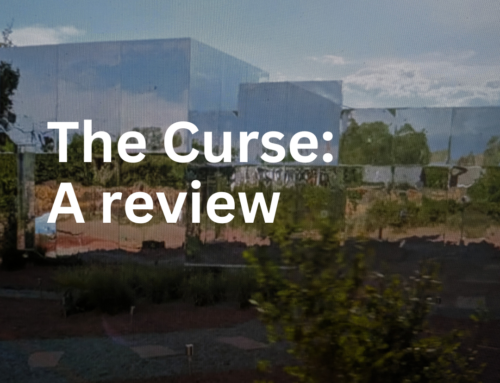Energy Standards Comparison Study:
A Comparison of Passive House
Standards to Baseline Codes
There’s an old saying regarding energy modeling, or for that matter, any calculation: Garbage in, garbage out. Today, in pushing toward decarbonized buildings, policymakers and practitioners alike are looking at various energy models and their competing claims, trying to determine the relative merits and even potential monetary incentives. In the process, they multiply the risk of getting buried in garbage. We need to eliminate the garbage and provide a more reliable understanding of the outcomes different models represent.
Our report, Energy Standards Comparison Study, is here to help. We just published part one of a four-part series comparing Passive House standards to baseline codes, beginning with Task 1: Methodology & Modeling Parameters. This study compares Passive House certification standards (including PHI and Phius) with other commonly used energy performance criteria. Focusing on multifamily residential buildings, Phase 1 of the study views outcomes across all North American climate zones.
These findings will be useful to building owners, developers, and design professionals looking for a better understanding of performance pathways. The report is especially invaluable to policymakers in jurisdictions that have adopted or are considering adopting energy-efficient building code standards.
“Our community has been hoping for a comprehensive study which accurately compares Passive House standards to other voluntary standards and current baseline codes commonly used in U.S. markets,” says Bronwyn Barry, Policy Committee Chair of the Passive House Network. “Rather than continue to hope, PHN decided to initiate this study ourselves. We’re excited to see that the first segment of this extended study includes essential information not previously published: a table detailing the differences in how EnergyPlus, PHPP, and Wufi Passive each calculate performance. This is a great start to what we expect to be an eye-opening extended study.”
Co-authored by Marine Sanchez and Brittany Coughlin from RDH building science, this report is one of four planned phases. Each phase will focus on a specific building type and/or climate zone. Phase II is anticipated to be published in the Spring of 2024. You can read Phase I here.
We encourage you to share our findings with your local policymakers and read our recent publications, including Safe at Home and Stepping up to Passive.





